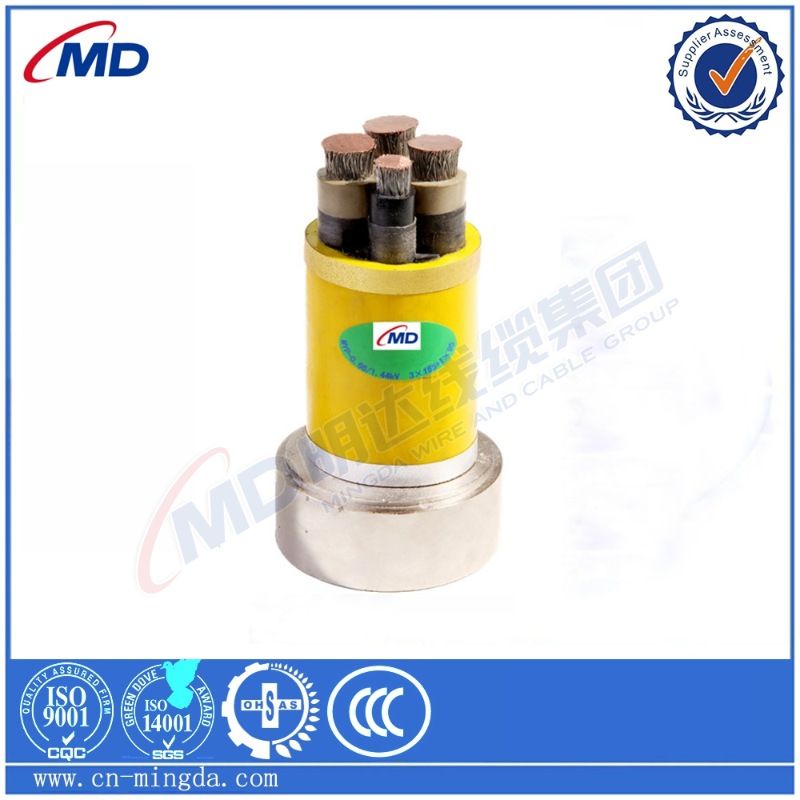12 月 . 04, 2024 16:49 Back to list
industrial check valve
Understanding Industrial Check Valves Types, Applications, and Importance
Check valves play a crucial role in various industrial applications, ensuring the proper flow of fluids and preventing backflow. Among the many different types of valves used in the industry, the industrial check valve is especially essential for maintaining a seamless and efficient workflow. This article will delve into the distinct types of industrial check valves, their applications, and the importance of integrating these valves into industrial systems.
What is a Check Valve?
A check valve, also known as a non-return valve, is designed to allow fluid to flow in one direction while preventing it from flowing back. This mechanism is crucial for protecting equipment and maintaining system pressure. The fundamental design includes a disc or ball that sits against a seat, allowing it to open when the flow is in the designated direction and close upon reverse flow.
Types of Industrial Check Valves
1. Swing Check Valves These valves feature a swinging disc that pivots on a hinge. When fluid flows in the desired direction, the disc swings open. If the flow reverses, the disc swings back to close the valve, preventing backflow. Swing check valves are commonly used in larger pipelines due to their low-pressure drop and simple design.
2. Lift Check Valves Also known as rising disk check valves, these utilize a disc that moves vertically to open or close the flow. These valves are frequently deployed in high-pressure applications. Unlike swing check valves, lift check valves are more suitable for systems with fluctuating flow conditions.
3. Ball Check Valves Utilizing a spherical ball that sits in a seat, these check valves are extremely effective. When fluid flows in the correct direction, it pushes the ball away from the seat, allowing flow. Upon reverse flow, gravity pulls the ball back into the seat, sealing the valve. Ball check valves are prized for their tight seal and quick response time.
4. Dual Plate Check Valves These are often used in high flow applications due to their lightweight design and compact footprint. They feature two plates that open with flow and close against the backflow, providing a rapid response to changing flow conditions.
Applications of Industrial Check Valves
Industrial check valves find utility across numerous sectors
industrial check valve

- Water Treatment Plants Used to prevent backflow that could contaminate clean water supplies. - Oil and Gas Essential in maintaining pressure and preventing backflow in pipelines. - HVAC Systems Prevent reverse flow and maintain system efficiency. - Chemical Processing Crucial for safety and reliability, ensuring that hazardous materials do not flow back into supply lines.
- Power Generation Employed in steam and water systems to prevent backflow and ensure system integrity.
Importance of Check Valves
The integration of check valves into industrial systems is vital for several reasons
1. Prevention of Backflow Preventing backflow is essential in protecting equipment and maintaining the integrity of the entire system. Backflow can cause contamination, equipment damage, and pressure fluctuations leading to system failure.
2. System Efficiency Check valves promote smooth fluid flow, contributing to overall system efficiency. By preventing unnecessary backflow, these valves help maintain optimal pressure levels.
3. Safety Assurance In industries handling hazardous materials, check valves are critical for safety. They help prevent the accidental release of dangerous substances, protecting both the environment and personnel.
4. Cost-effectiveness Implementing check valves can reduce maintenance costs and extend the lifespan of equipment by minimizing wear and tear.
Conclusion
In conclusion, industrial check valves are an indispensable component of fluid systems in various industries. Understanding the types, applications, and significance of these valves enables manufacturers and engineers to create more efficient and safe systems. As industries evolve, the role of check valves will remain crucial in preventing backflow and ensuring a steady, reliable flow of fluids essential for operations.
Share
-
Understanding the Differences Between Wafer Type Butterfly Valve and Lugged Butterfly ValveNewsOct.25,2024
-
The Efficiency of Wafer Type Butterfly Valve and Lugged Butterfly ValveNewsOct.25,2024
-
The Ultimate Guide to Industrial Swing Check Valve: Performance, Installation, and MaintenanceNewsOct.25,2024
-
Superior Performance with Industrial Swing Check Valve: The Essential Valve for Any SystemNewsOct.25,2024
-
Industrial Swing Check Valve: The Ideal Solution for Flow ControlNewsOct.25,2024
-
You Need to Know About Industrial Swing Check Valve: Functionality, Scope, and PerformanceNewsOct.25,2024